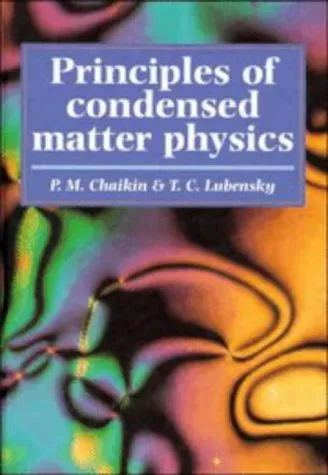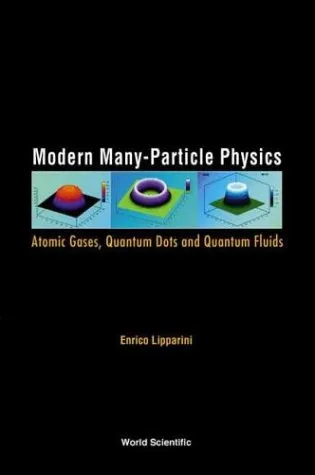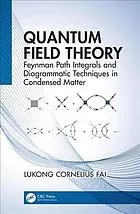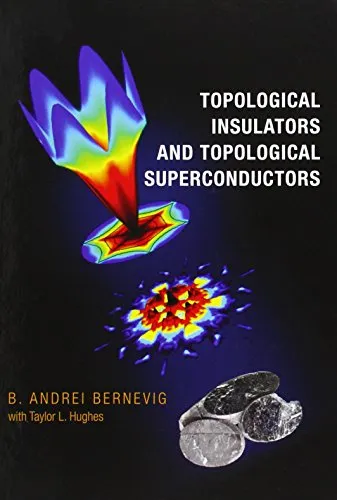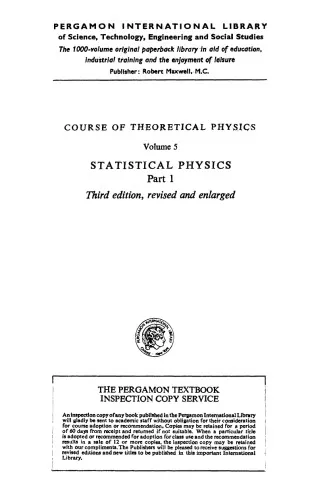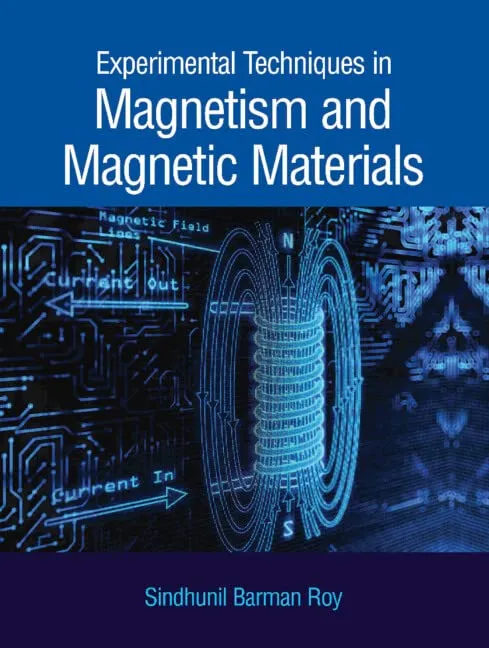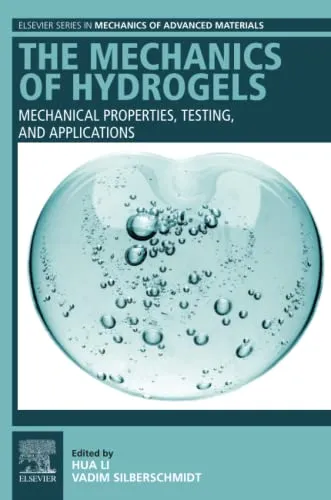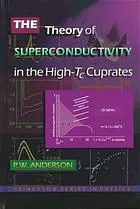Point Defects in Solids: Volume 2 Semiconductors and Molecular Crystals
4.7
Reviews from our users

You Can Ask your questions from this book's AI after Login
Each download or ask from book AI costs 2 points. To earn more free points, please visit the Points Guide Page and complete some valuable actions.Related Refrences:
Introduction
Point defects play a pivotal role in understanding the intricate properties of solids. They serve as fundamental building blocks for unraveling the behavior of countless materials — from semiconductors to molecular crystals. "Point Defects in Solids: Volume 2 Semiconductors and Molecular Crystals" is an authoritative text that combines rigorous scientific analysis with detailed discussions on the nature, formation, and implications of point defects in these specific materials. Authored by James W. Corbett and Jacques C. Bourgoin, and edited by James H. Crawford Jr. and Lawrence M. Slifkin, this volume is tailored to researchers, physicists, materials scientists, and postgraduate students. It specifically addresses the multifaceted characteristics of point defects and their applications in modern materials science.
This book builds on the foundation laid in Volume 1, but it delves deeper into two critical categories of materials: semiconductors, which are central to modern electronics, and molecular crystals, known for their relevance in biological and pharmaceutical applications. Through a theoretical yet approachable lens, the authors present quantitative and qualitative tools aimed at decoding the physical and chemical behaviors triggered or influenced by point defects.
Detailed Summary of the Book
The book is structured to facilitate both fundamental understanding and practical applications of point defects in semiconductors and molecular crystals. It begins with an introduction to the specific nature of point defects in these materials, emphasizing their creation via external influences such as radiation, temperature fluctuations, or chemical doping. Concepts like dislocations, vacancy-interstitial mechanisms, and electronic consequences of these defects are explored with high precision.
A significant portion of the text delves into semiconductors, particularly their role in modern electronics, optoelectronics, and photonics. The book describes the interaction of point defects with charge carriers, their impact on conductivity, and how defects such as vacancies and impurities impact band structures and device performance. The authors seamlessly transition to molecular crystals, highlighting their unique lattice structures and the ways point defects modulate properties like conductivity, stability, and reactivity.
Computational models for predicting defect creation and behavior, methods for experimental verification, and modern techniques like electron paramagnetic resonance (EPR) and photoluminescence spectroscopy are extensively covered. These sections are enriched with data, case studies, and trends, making this volume invaluable for professionals aiming to innovate in semiconductor design or molecular crystal technology.
Key Takeaways
- A comprehensive understanding of point defects in semiconductors and molecular crystals, including their creation, detection, and impact.
- Insights into advanced techniques such as photoluminescence and computational defect modeling.
- Practical knowledge of how point defects influence material properties and device performance in real-world applications.
- Integration of theoretical and experimental approaches for studying defects, ensuring readers are equipped with multidimensional perspectives.
- Guidance on leveraging point defects for innovations in semiconductors, photonics, molecular chemistry, and bioelectronics.
Famous Quotes from the Book
“In the microscopic world, imperfections are often the key to perfection. Point defects unlock possibilities far beyond their apparent simplicity.”
“Semiconductors owe their versatility to the deliberate introduction of impurities — a paradox where flaws create functionality.”
Why This Book Matters
In today’s rapidly advancing world, where semiconductors power everything from smartphones to renewable energy solutions, understanding the underpinnings of material science is more critical than ever. This book stands as a bridge between foundational science and cutting-edge technological applications. Its focus on both semiconductors and molecular crystals ensures its relevance across industries — from analyzing solar panels and next-gen transistors to pharmaceutical molecular crystals.
The inclusion of experimental case studies and computational methodologies equips researchers with tools to adapt and innovate based on the latest trends. Furthermore, the authors’ ability to provide clarity and depth makes this volume an enduring resource for both established professionals and new entrants in the field.
Whether you work in materials research, electronics, photonics, or chemical engineering, "Point Defects in Solids: Volume 2" empowers you to harness the potential of defects for new breakthroughs. Its enduring scientific value lies in its capacity to inspire an understanding of imperfections as pathways for progress.
Free Direct Download
You Can Download this book after Login
Accessing books through legal platforms and public libraries not only supports the rights of authors and publishers but also contributes to the sustainability of reading culture. Before downloading, please take a moment to consider these options.
Find this book on other platforms:
WorldCat helps you find books in libraries worldwide.
See ratings, reviews, and discussions on Goodreads.
Find and buy rare or used books on AbeBooks.
1303
بازدید4.7
امتیاز0
نظر98%
رضایتReviews:
4.7
Based on 0 users review
Questions & Answers
Ask questions about this book or help others by answering
No questions yet. Be the first to ask!
